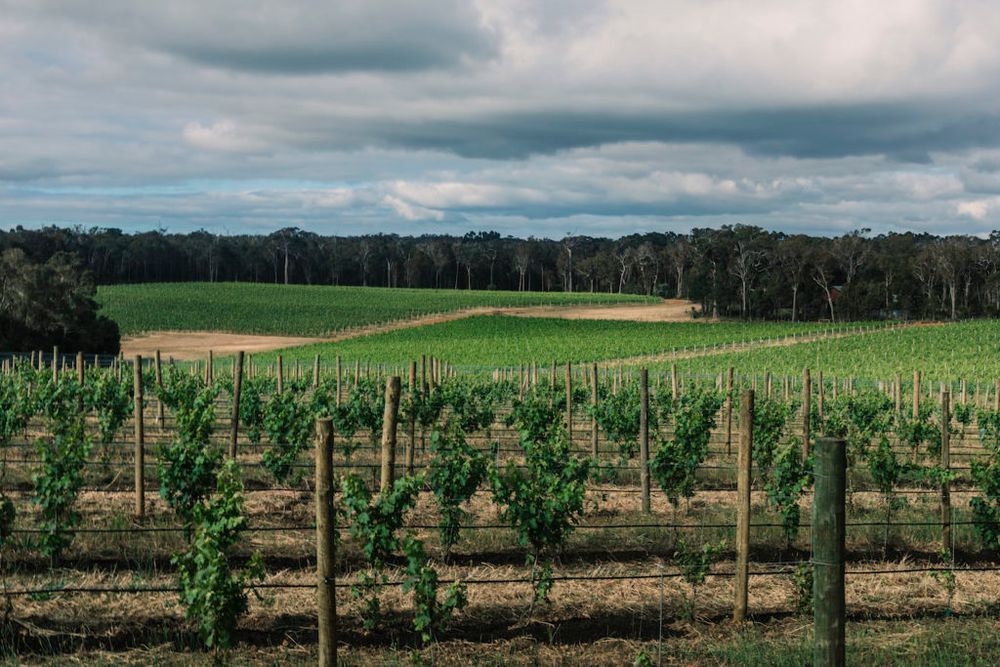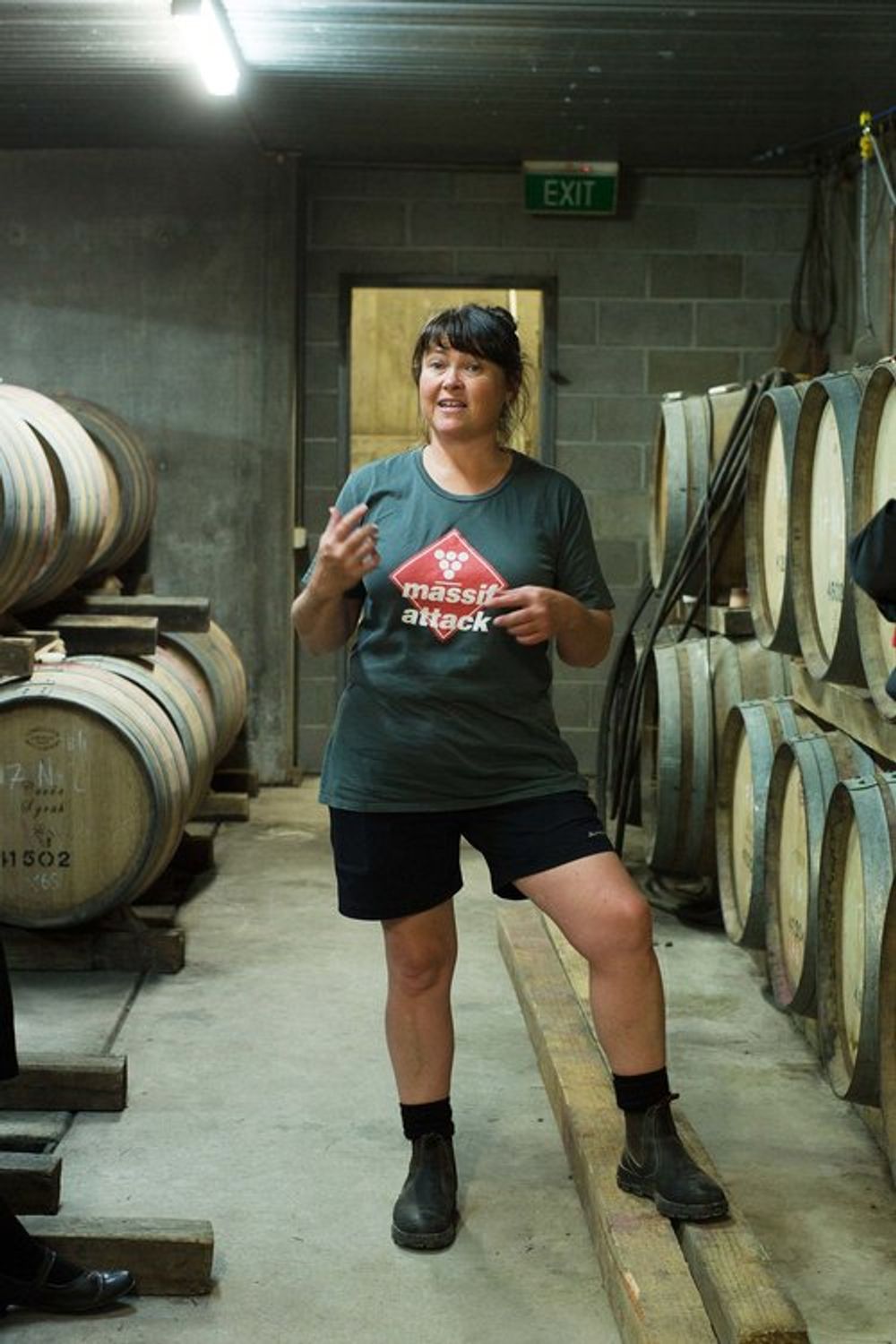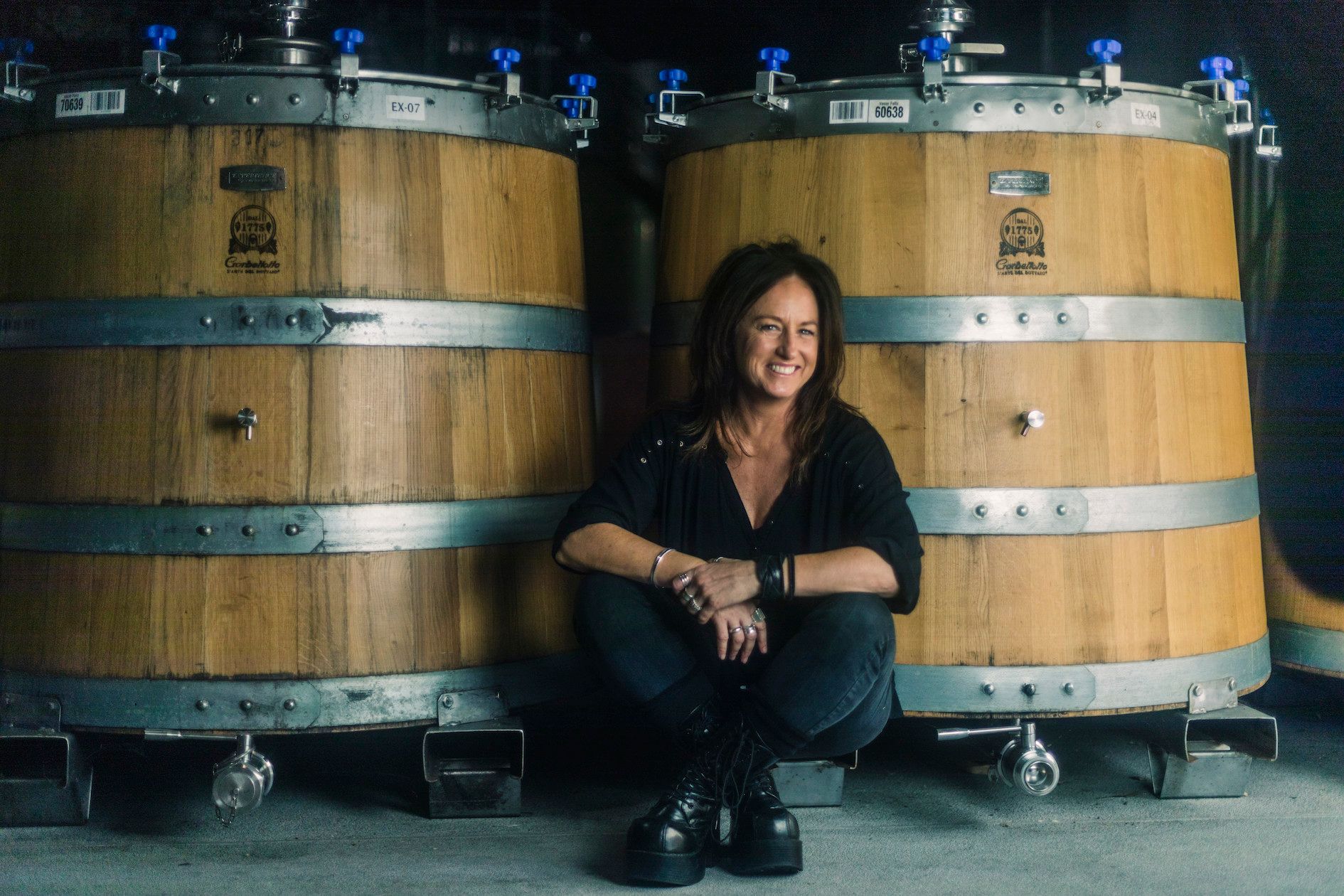Australian winemakers have drawn on their decades of experience to navigate a ‘rollercoaster’ vintage.
“It was a bad vintage for accountants – but a good vintage for winemakers,” smiled Virginia Willcock, chief winemaker at Vasse Felix in Margaret River, as she summed up the 2020 harvest during Wine Australia’s first international webinar.
Her comments about lower yields – and, consequently, lower quantities of wine – were echoed by Sarah Crowe, winemaker and general manager at Yarra Yering in the Yarra Valley, and Louisa Rose, chief winemaker at Yalumba in the Barossa Valley.
Australian wine expert Sarah Ahmed, who moderated the webinar, reminded the audience about the sheer scale of the Australian continent, highlighting that the 3,000 kilometres between Margaret River in Western Australia and the Yarra Valley in Victoria was similar to the distance between Paris and Moscow.
Despite that distance, what was most striking about the discussion between the three winemakers was the similarity between their 2020 vintages, with lower yields a recurring theme in each of the classic regions.

Margaret River has recorded its earliest harvest ever © Wine Australia
Winemakers withstand a ‘rollercoaster ride’
“Quantity is down,” explained Ahmed in her introduction. “Wine Australia’s report is expected to confirm the national crush in July, but – from what I’ve been hearing – the talk is about the smallest vintage in living memory, so roughly 1.4-1.5 million tonnes, against the average of 1.75 million tonnes.
“But the great news is that with lower yields come more concentrated flavours, which will produce sensational wines.”
Ahmed described the vintage as “unprecedented” and like “a rollercoaster ride”, with Margaret River recording its earliest harvest, the Nuriootpa weather station in Barossa Valley reporting its driest winter on record and the Eden Valley posting its hottest December.
While all three wineries introduced social distancing measures to protect their staff from coronavirus during harvest – and none of their areas lay in the less than 1% of Australia’s vineyard footprint that was affected by the summer’s bushfires – it was the weather and not Covid-19 that affected the way they harvested their grapes and produced their wines.
Cooler springs reduce yield
Willcock – who took over in 2006 as chief winemaker at Vasse Felix, which is imported into the UK by Fell’s – highlighted how the geography of the Margaret River region leads to its consistent growing conditions.
The region – around a three-hour drive south of Perth – sits on a peninsular on Australia’s western coast, surrounded on three sides by the Indian and Southern oceans, and has forged a reputation for its Chardonnay and Cabernet Sauvignon.

Virginia Willcock, chief winemaker at Vasse Felix © Wine Australia
Willcock explained that there had been no extreme conditions during 2019 and 2020 and instead that the lower yields had been due to two cooler springs on the trot: 2018’s cool spring reduced the number of buds on the vine, which in turn led to fewer bunches of grapes in 2019; and a “coolish” spring in 2019 affected the flowering of the vines, with wind, rain and isolated hail hitting specific vineyards.
With yields around 5% lower – and down by 35% from some hail-hit sites – she praised the acidity and flavour of her white wines, and the ripe tannins in her reds, with rain just before the black grape harvest helping to slow down maturation and give time for the tannins to ripen.
Less fruit requires less extraction
Across in South Australia, the Barossa region – which sits just over an hour’s drive north of Adelaide and consists of the lower-altitude Shiraz-famed Barossa valley and the higher altitude Riesling-noted Eden valley – was also faced with lower yields, with Rose reporting a 50% drop.

Louisa Rose, chief winemaker at Yalumba
Reading from her vintage diary, she pointed to temperatures being “all over the place”, with a hot daytime peak of 42C coming just two days after a frost.
Those same cool summer nights provided “excellent” natural acidity in the wines, with the difference between the day and night temperatures – known as the “diurnal range” – playing a key role in producing balanced fruit.
Rose – who also became chief winemaker in 2006 at Yalumba, which is also handled by Fell’s – explained that the lower number of smaller grapes led to a higher skin-to-juice ratio, which required more gentle winemaking techniques to avoid over-extraction of tannin.
Dialling back the new oak
Gentle winemaking techniques were also the order of the day for Crowe at Yarra Yering, which is brought into the UK by Berkmann.
Since arriving at the winery in 2013, she’s dropped the proportion of new oak used in its Dry Red Number One wine from 100% to 40%, and took it down even further in 2020 to 25% to lessen its influence on the lower volume of juice. A hot and dry start to the summer contrasted with unexpected rain at the end of the season, with yields down by an average of 35% and up to 50% in some spots across the region, which produces a patchwork of varieties, ranging from Chardonnay and Pinot Noir – which are increasingly appearing as still wines alongside the traditional sparklers – through to Cabernet Sauvignon and now Nebbiolo.
Lying an hour’s drive north-east of Melbourne, the Yarra Valley is sandwiched between the Great Diving Range, which influences the lower altitude and warmer Lower Yarra area, and the Dandenong Ranges, which exert their presence on the higher altitude and cooler Upper Yarra area.

Sarah Crowe, winemaker at Yarra Yering
Will lower yields lead to higher prices?
Under normal circumstances, economics dictate that the price of wine should rise if supply goes down but demand remains the same or increases.
While the outlook for wine sales is uncertain as countries begin to emerge from full lockdown, Willcock said Vasse Felix was taking steps to anticipate the levels of demand.
“We don’t know what the economic situation of the world is going to be in 12 months’ time when we release these wines, so one of the contingency measures for us is that we’re making slightly less of our premium wines so we can allow more wine to go into the Filius [the tier below its premium range] so they’re affordable but exceptional quality,” she explained.
“It’s a sacrifice on our part, but it’s all about survival in an unknown global economic climate.”
This webinar is the first of a series of global webinars organised by Wine Australia. You can watch a replay of Australia’s 2020 Vintage webinar here. Wine Australia’s next webinar, ‘Wine consumption and consumer behaviour during and post COVID-19 in Europe’ with Lulie Halstead from Wine Intelligence, is on Monday 13 July. For more details and to register, please click here.
































